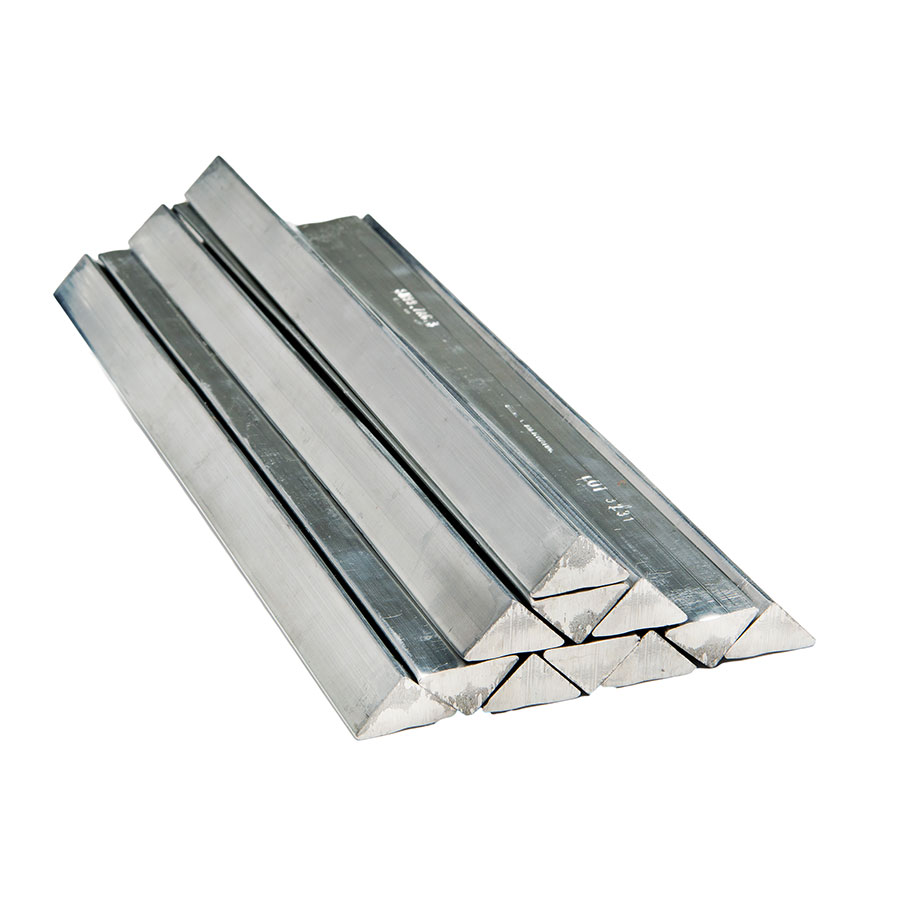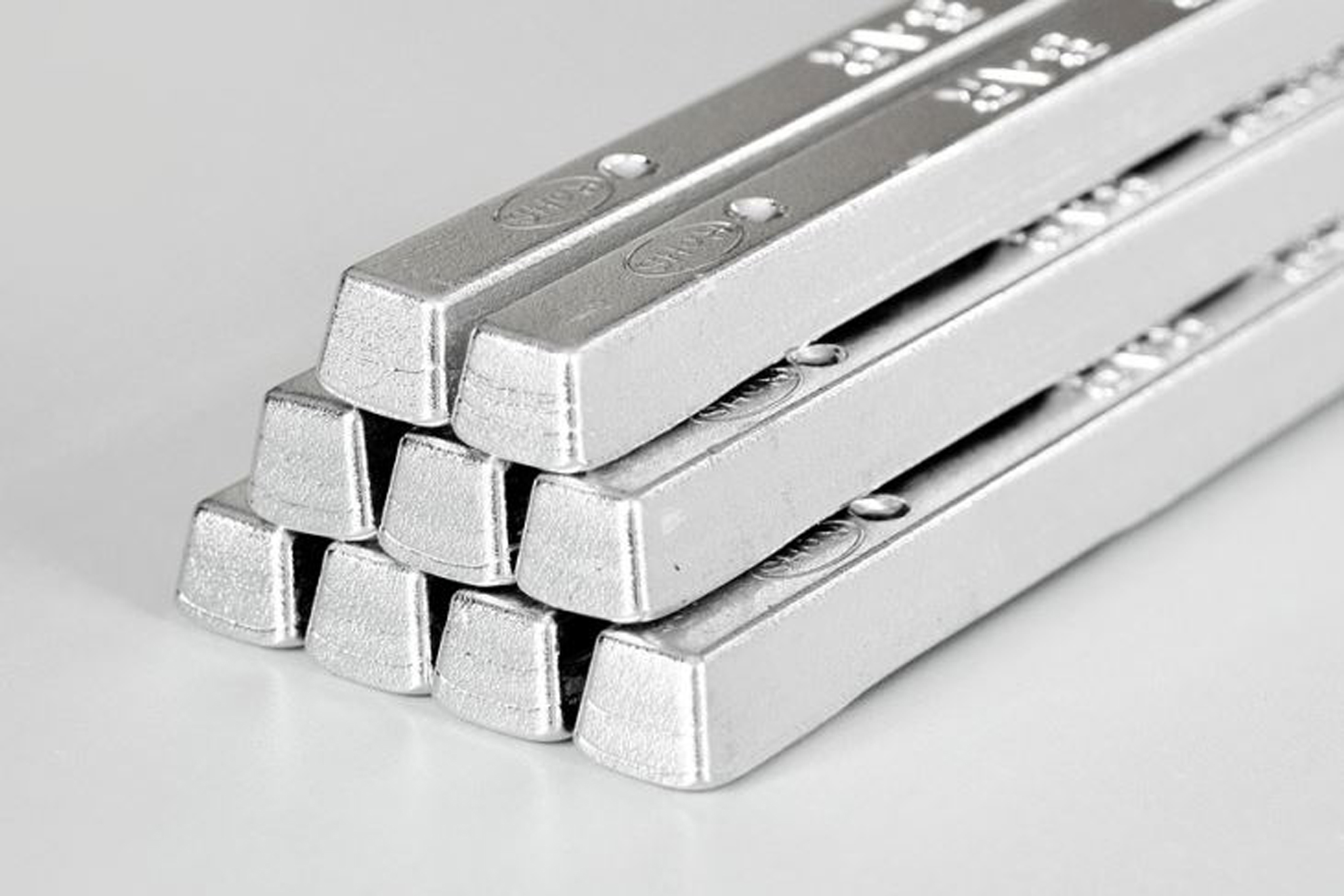Kester Tin Lead Solder Bar Ultrapure: Electronic Soldering, Types of Solder and Solder Flux
Kester Tin Lead solder bar ultrapure is the industry standard for soldering, and QT solders bar solders give it a neck-to-neck competition.
The solder bars find use in various soldering applications, primarily in bulk soldering.
Soldering, finding use in the electronic and plumbing industry, requires training before a person becomes qualified enough to solder things on a commercial level. If you are a budding solderer looking for an electronic soldering guide, we can share some valuable tips.

We have dedicated this article as a guide to electronic soldering using Kester tin lead solder bar ultrapure or any other type and kind of solder. We will begin with discussing the soldering process and then walk you through the soldering process's important equipment.
Let's begin!
What is Soldering?
For this article to fulfill its role as a guide, defining what soldering is is imperative.
Soldering is a process that joins metals together. But here's the twist, it does not use metal glue or epoxy, neither does it melt the adjoining metals like welding. Then what does it use?
Soldering employs special metal alloys called solders for joining metals together. These solders are melt at lower temperatures and make the process easier and doable. In soldering, the solder is placed on the junction of the adjoining metals and melted. The solder melts and flows over the adjoining joints and solidifies, thus forming a strong metallic bond.
Glue can easily do what a solder does, then why go through all that trouble? Solder is a metal, and therefore it joins the two metals and, being conductive, allows current to flow through the joint. Thus, soldering works to adhere small metallic electronic components so that current signals can flow from one part of the electric circuit to another.
You may perform soldering manually or use machines if you have to solder in bulk. Soldering that you do by hand is called manual soldering, while machines are involved for wave and reflow soldering.
Kester tin lead solder bar ultrapure and other such solder bars, like bar solders from QT solders, find use in bulk soldering like wave soldering. While if you are performing manual soldering, you may check out QT solder's wire solders.
Equipment for Soldering
Soldering, when done manually, is a relatively simple process and needs a little equipment. The most critical tools and material required for soldering include:
- A solder, like Kester Tin Lead solder bar ultrapure or QT solder's solder bars or wire.
- A solder flux. We will discuss solder fluxes in a bit.
- Soldering iron, if you are doing manual soldering and soldering machine for automated soldering.
With this equipment on hand, you can easily solder circuit boards, other electronic components, and even plumbing pipes.
We will look at each of these pieces of equipment in more detail below.
What Are Solders?
Solders are metal alloys that find use when soldering PCBs, electronic parts, or metal pipes. The most common solders are alloys of tin and lead and may contain 60-63% tin and 37-40% lead.
These solders melt around 180-190 °C and feature excellent soldering properties, making them a favorite among the solderers' community.
However, lead-free alloys are now replacing lead-based alloys because of the health hazards that lead has.
Lead-free solders comprise tin and other elements such as silver and copper. Because of the presence of expensive and high-melting metals, these alloys come at a higher price and melt at higher temperatures as compared to their lead counterparts.
The presence of tin in the solders makes them melt at significantly lower temperatures. And once the solder melts and solidifies, it forms a strong, conductive bond between the adjoining metals.
The composition of the solder determines its performance during the soldering process. Moreover, the type of solder also indicates how strong, conductive, and cosmetically appealing joints it will create.
Kester Tin Lead Solder Bar Ultra-pure and Other Types of Solders
You can differentiate solders based on their appearance or their alloying elements. Based on appearance, there are three common types of solders: solder wires, solder bar, and solder paste.
Bar Solders
As its name suggests, Kester Tin Lead solder bar ultrapure is a bar-type solder consisting of pure metal. Similarly, QT solder's bar solders consist of international-standard elements. These solder bars find applications in bulk soldering and electronic applications that necessitate low surface tension.
QT solder bars are suitable for wave soldering because they contain no slag or waste materials, have good wettability, and create solder joints that are reliable with an excellent cosmetic appearance.
Solder Wires
Solder wires are another variant of solders that come in the form of metallic threads. These wires are most commonly used in manual soldering. They may be composite or hollow, and if they are hollow, they contain flux inside them and are called flux core solder wires.
Solder Paste
Solder paste carries small particles of metallic solder suspended in a solder flux, giving the solder a paste-like texture. You first apply these solders on the circuit board and then pop them in an oven, where heat melts the solder particles, and they solidify into a solder joint on cooling.
Tin Lead or Lead-Free Solders
Solder manufacturers classify solders into two broad groups based on their alloying elements.
A solder in either lead-based or lead-free. Lead-based solders are alloys of tin and lead. In contrast, lead-free solders contain the most significant tin composition (>90%) and other elements like copper, silver, bismuth, etc., in balanced quantities.
Solder Flux
Up until now, we have mentioned solder flux multiple times. In this section, we will describe what solder fluxes are and their importance in soldering.
Solder flux is a solution that ensures that the soldering leads to a strong and reliable solder joint. A solder flux melts before the solder does. Thus, it flows over the metal surface before molten solder. And hence, it cleans the metal surface of oxides and helps the solder flow properly and adhere nicely.
More importantly, solder flux prevents oxidation of the metals involved in soldering. Metals oxidize in the presence of air and moisture at high temperatures. By preventing this oxidation, solder fluxes ensure the efficiency of the soldering process.
There are three common types of solder fluxes, namely, rosin-core, no-clean, and water-soluble flux. Rosin core flux is most often chosen during soldering electronics because they are mild and do not corrode the circuit board.
Apart from the fluxes mentioned above, there is another flux type, acid-based or acidic flux. These fluxes are used in plumbing applications, and you should never use them while soldering electronics because, being acidic, they will corrode and ruin the circuit board.
[caption id="attachment_4760" align="aligncenter" width="2048"] Grab crane works in waste recycling station[/caption]
Grab crane works in waste recycling station[/caption]
Conclusion
Soldering is widely used in adjoining metals together while permitting current to flow between the two. Solders which are used are metallic alloys of tin and lead or tin and other elements.
Solders for soldering come in different shapes and compositions. And based on shape, they can either be in the form of wire, bar, or paste.
Kester tin lead solder bar ultrapure or QT solder's solder bars are often the preferred choice during bulk soldering. These solders promise good wettability and find use in wave soldering of electronic components.
QT solder is one of the best Chinese solder manufacturers and offers high-quality tin lead solder bars and wire solders. If you are looking for solders that promise good flowability, quality and make reliable and good-looking joints, be sure to check QT solder's website.




